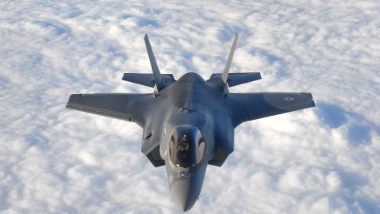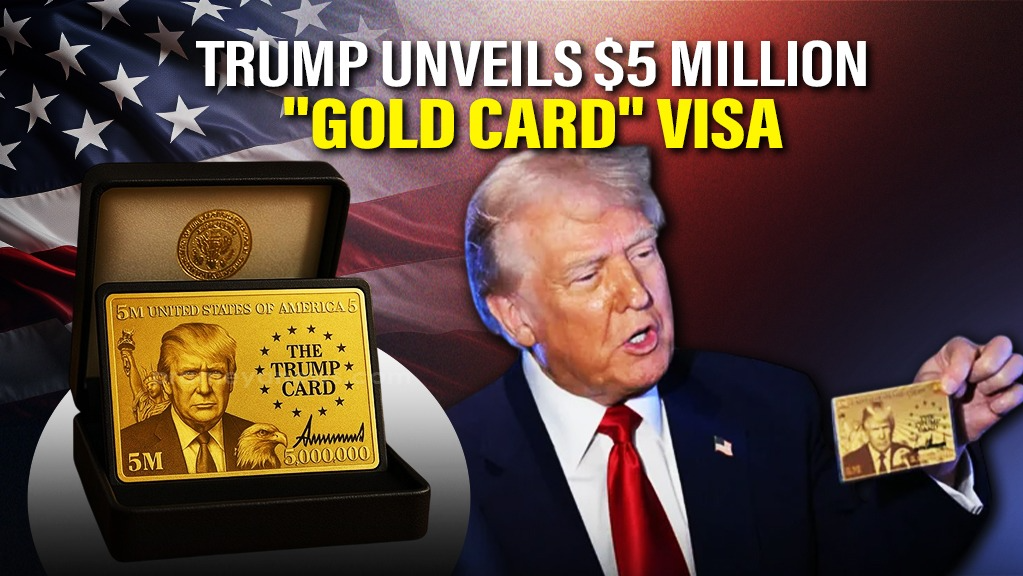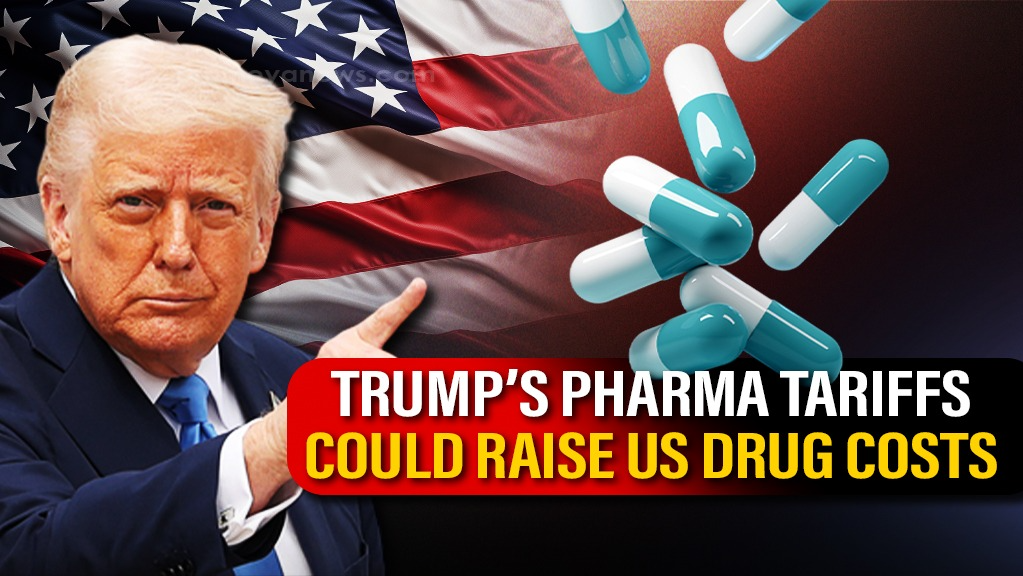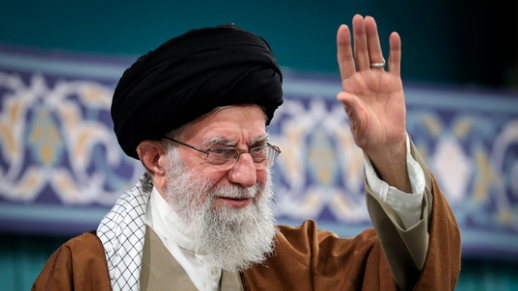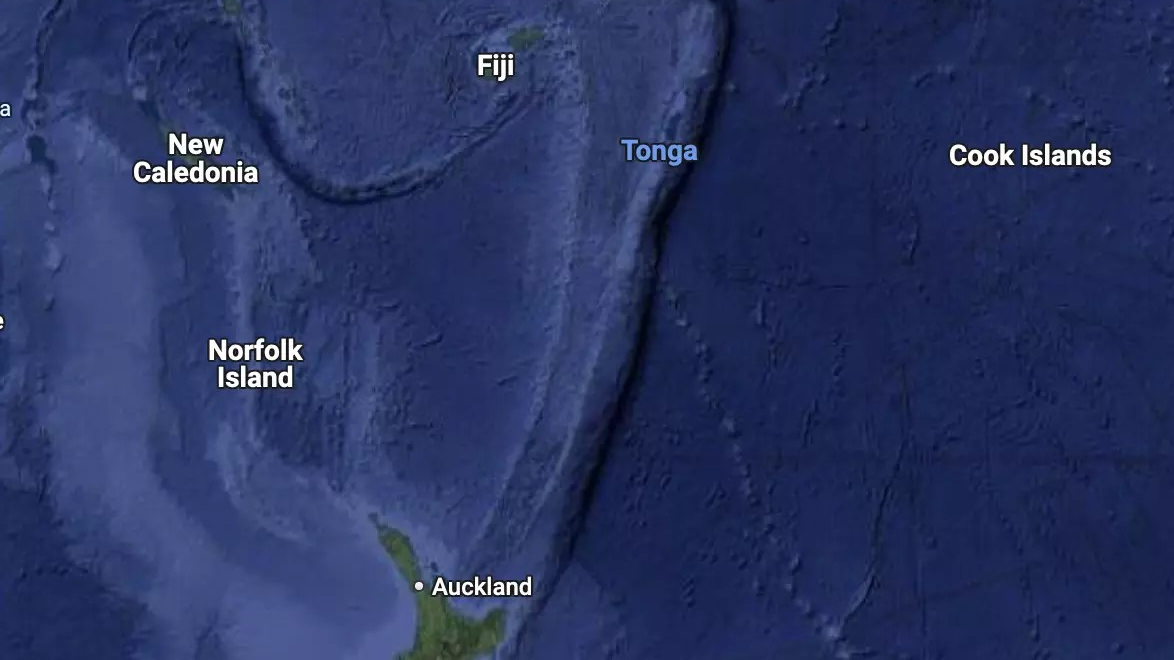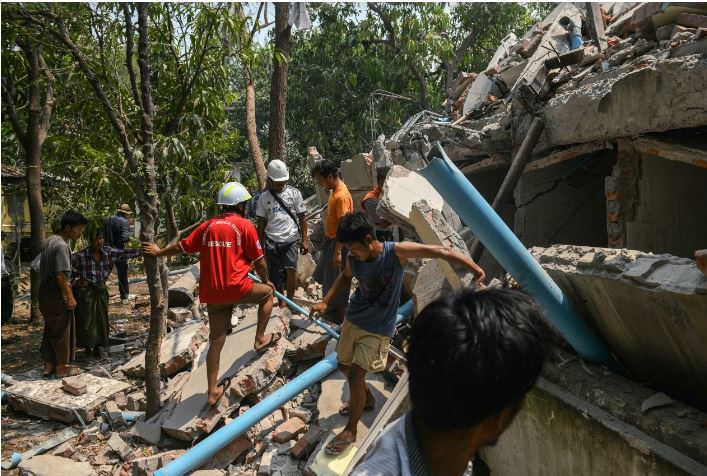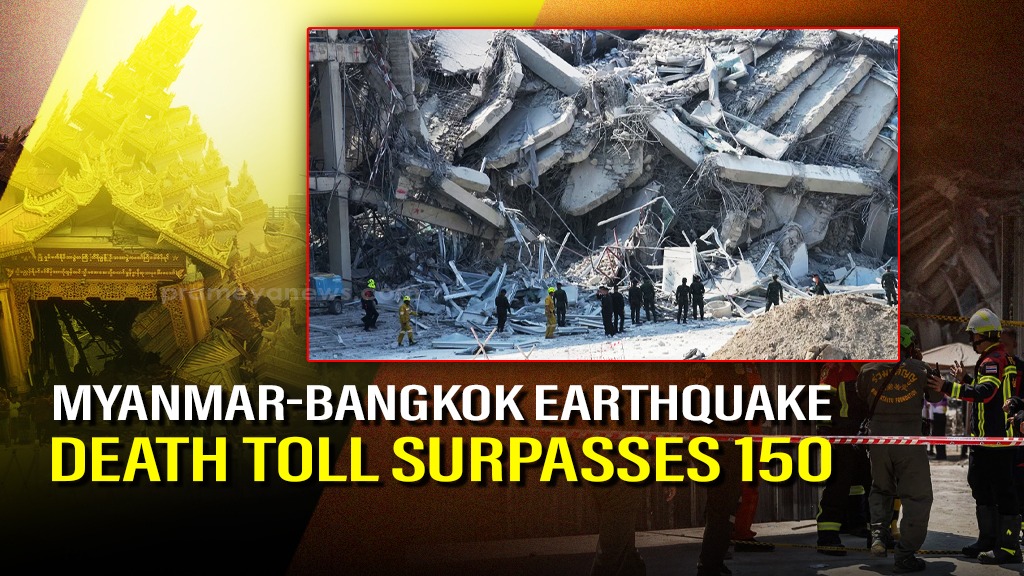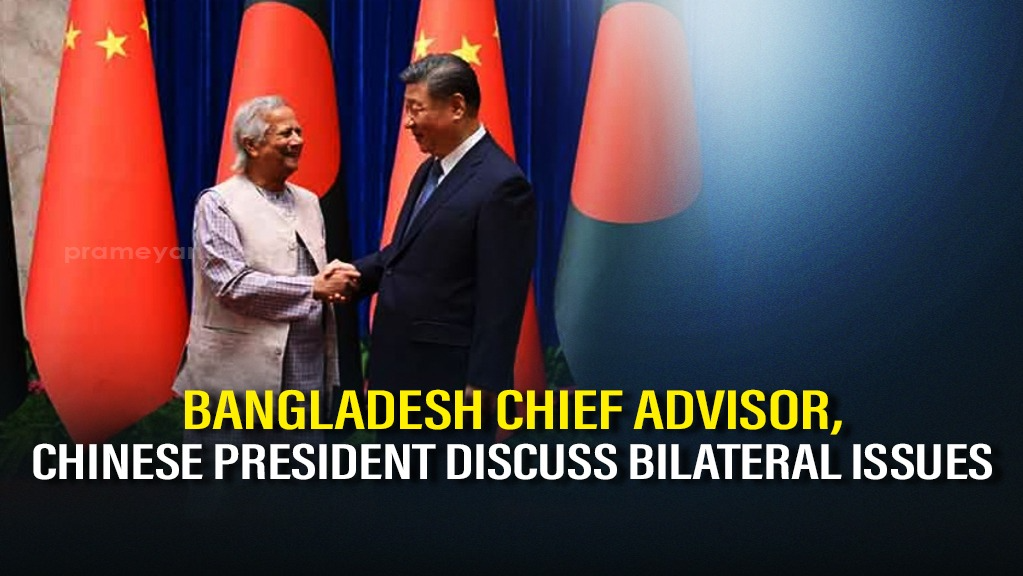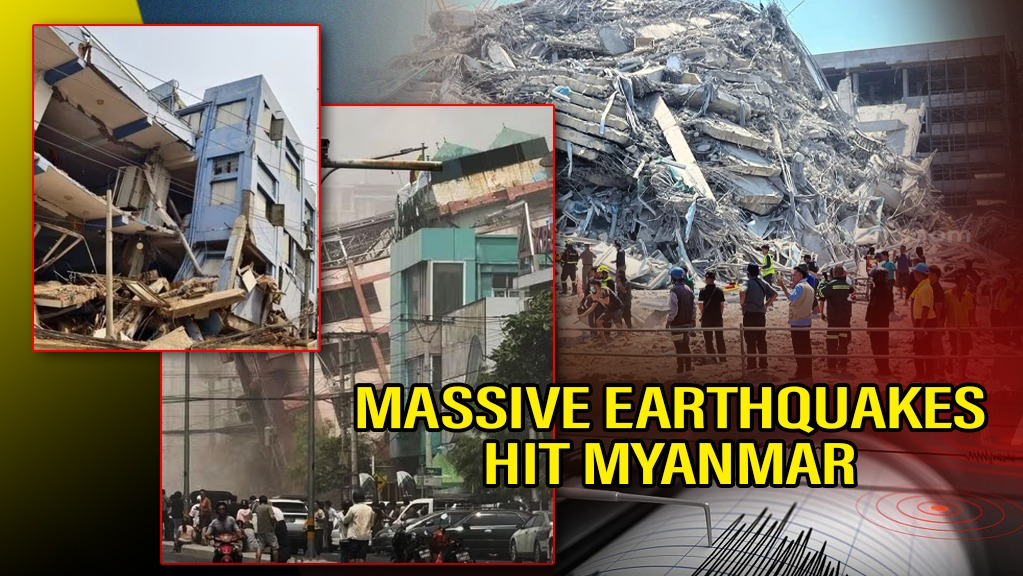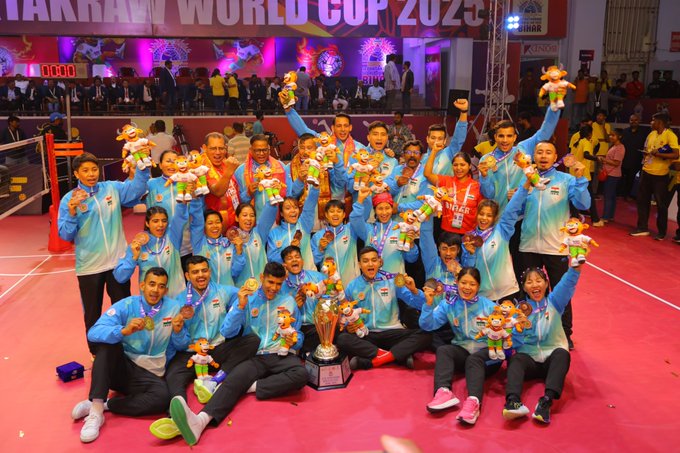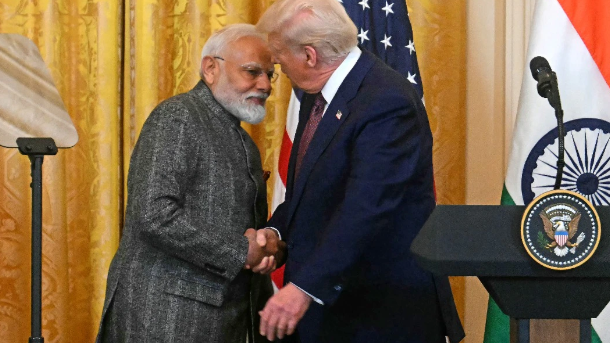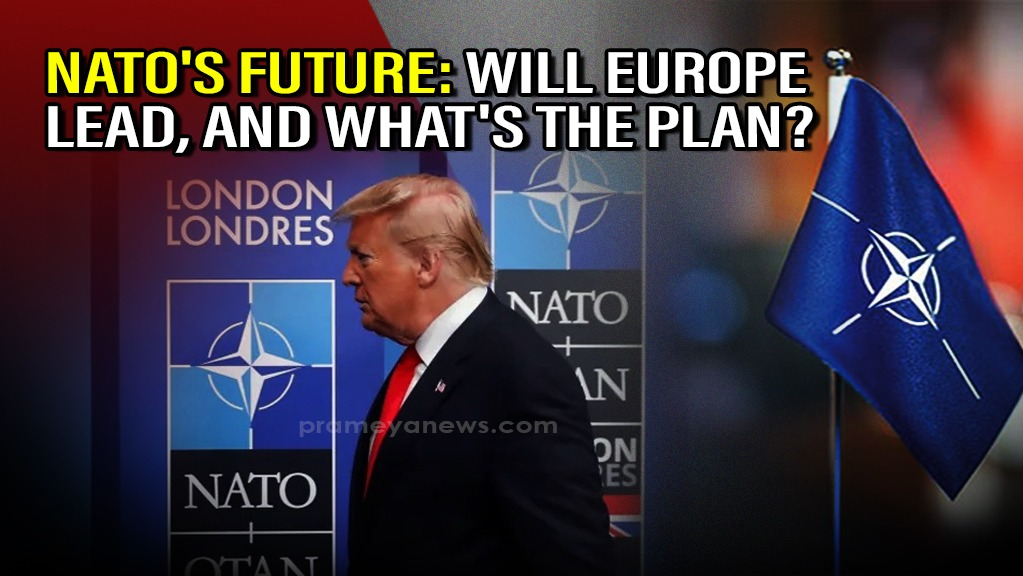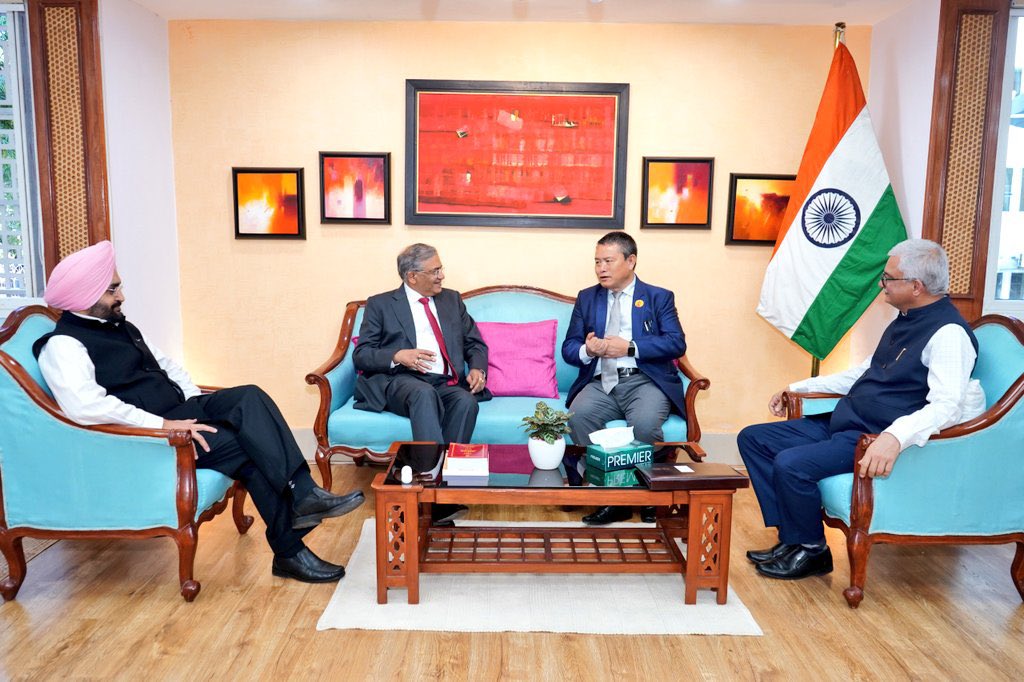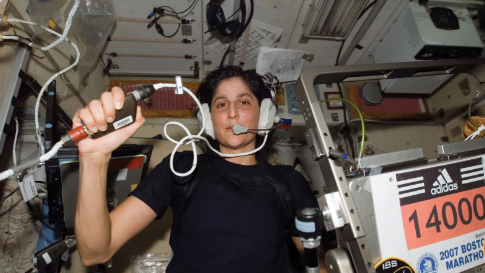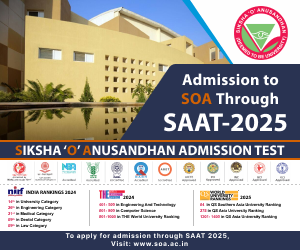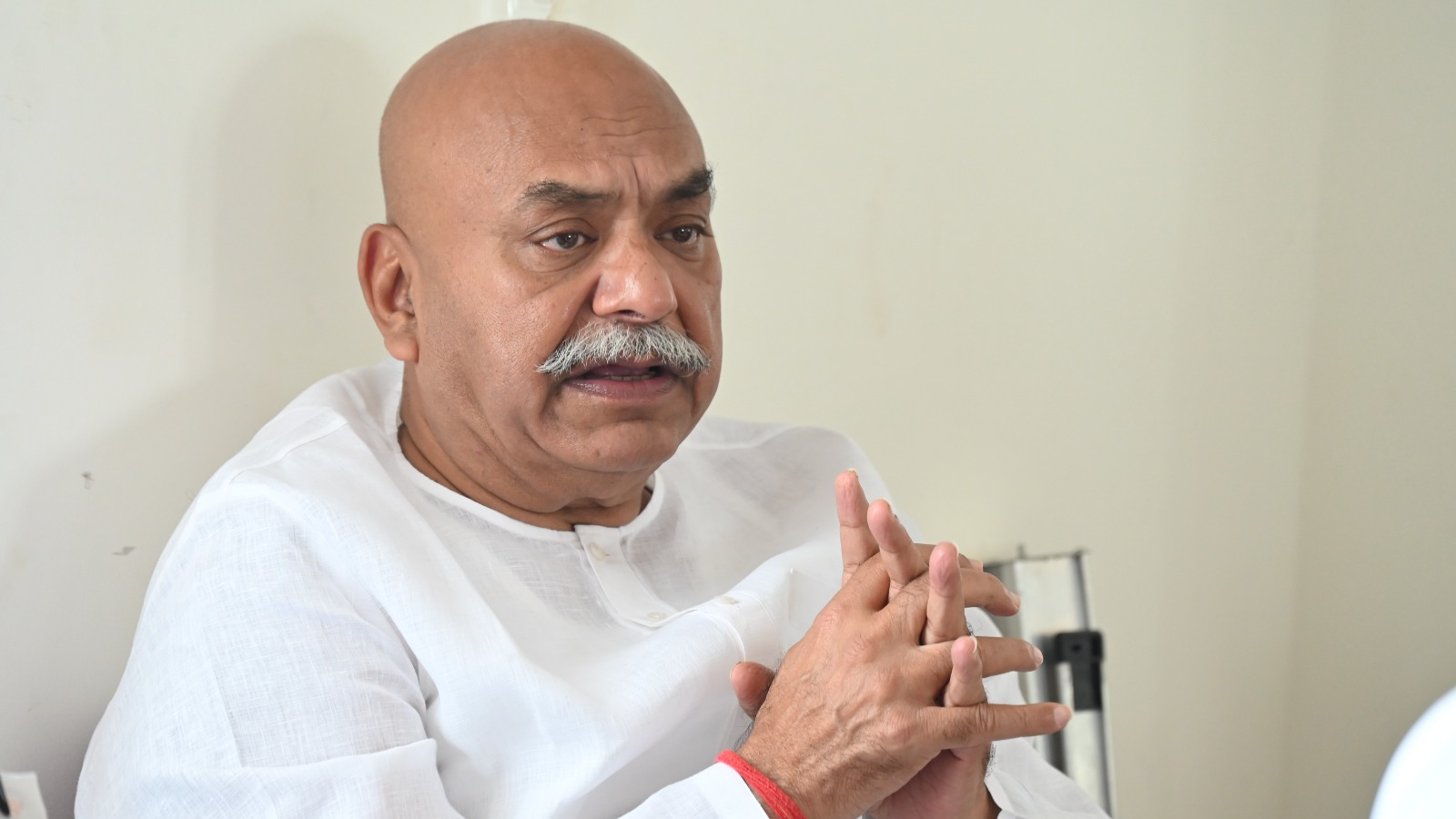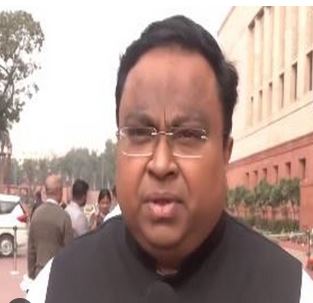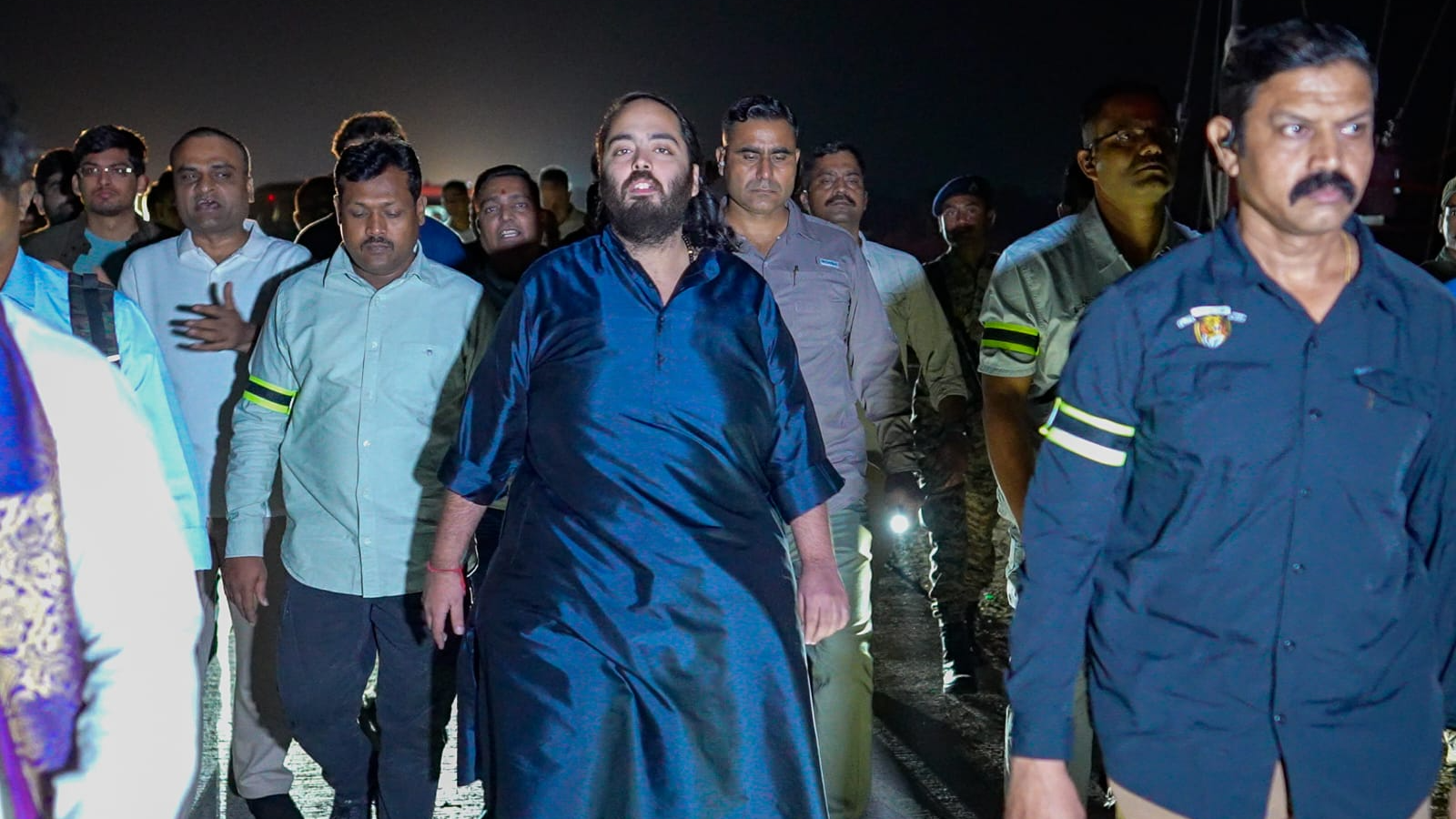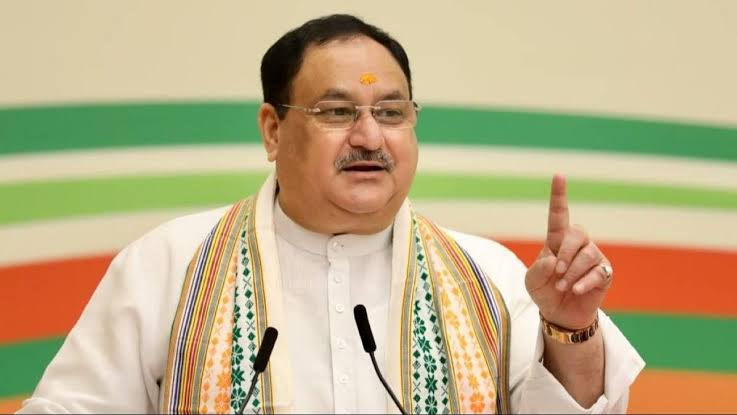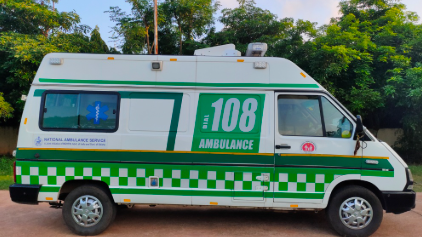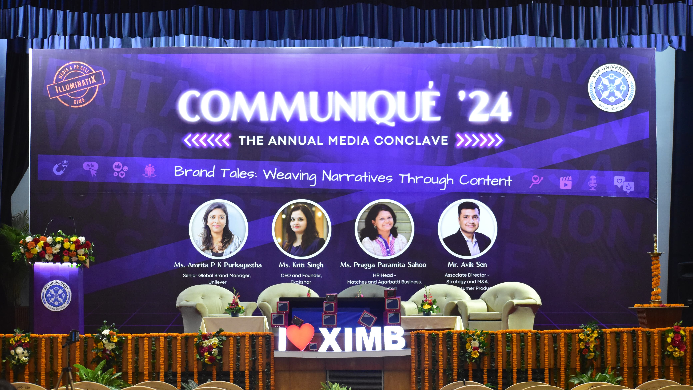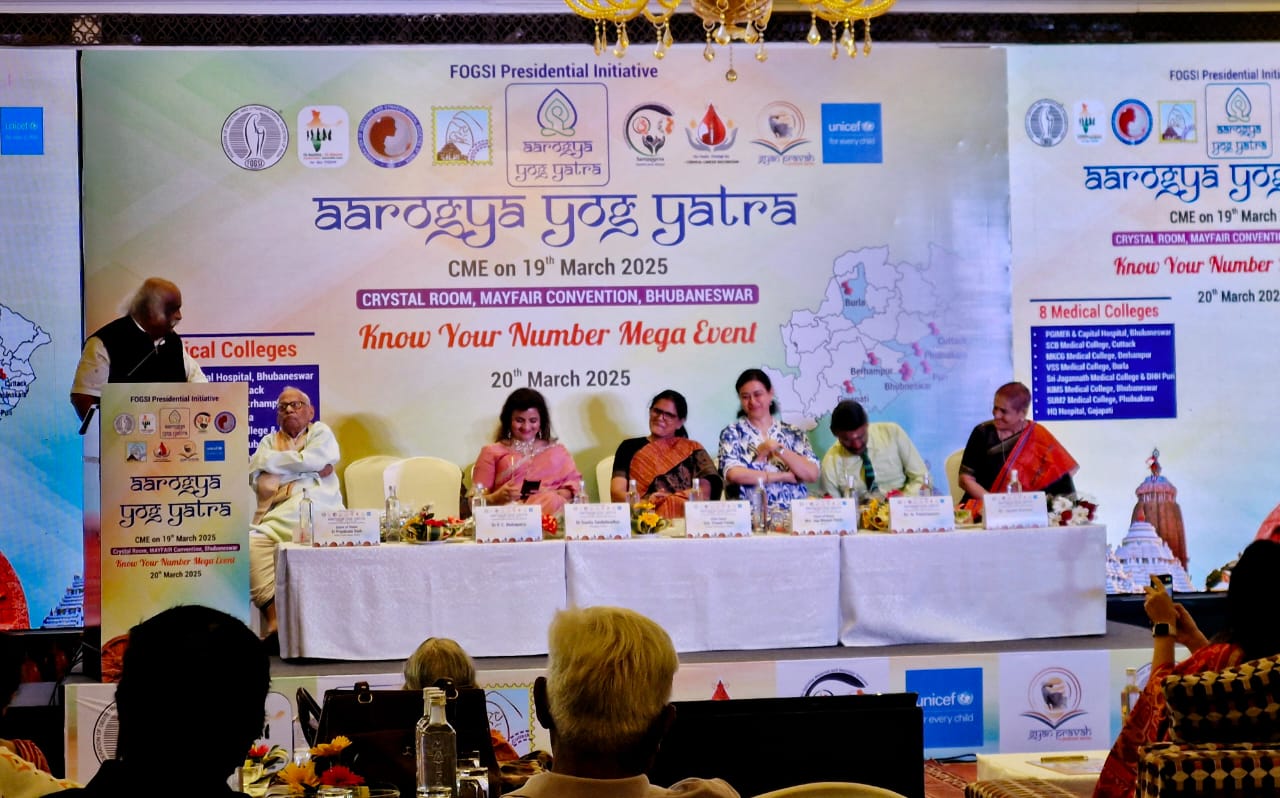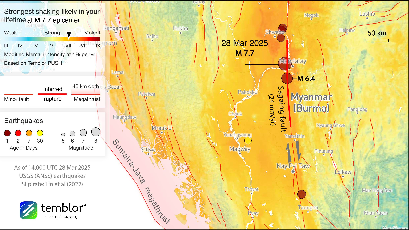Washington D.C: In a landmark development for US-India defense cooperation, Prime Minister Narendra Modi and President Donald Trump announced sweeping military partnerships during their first bilateral meeting since Trump's inauguration on January 20. The Thursday meeting at the White House, which stretched for nearly four hours, culminated in significant defense agreements, including the potential sale of advanced F-35 fighter jets to India.
President Trump made a bold statement about the expanding military relationship, declaring, "Starting this year, we'll be increasing military sales to India by many billions of dollars." The announcement of F-35 sales consideration marks a significant shift in US policy, as these advanced fighter jets represent one of America's premier military assets.
The meeting produced several groundbreaking initiatives, headlined by the new ten-year Framework for the US-India Major Defence Partnership in the 21st Century. This comprehensive agreement sets the stage for enhanced military cooperation between the world's oldest and largest democracies. Additionally, the leaders launched the innovative "US-India COMPACT (Catalyzing Opportunities for Military Partnership, Accelerated Commerce & Technology) for the 21st Century," designed to streamline defense collaboration.
Prime Minister Modi emphasized the strategic importance of the partnership, stating, "As strategic and trusted partners, we are actively moving in the direction of joint development, joint production and transfer of technology. In the coming time, new technology and equipment will increase our capability." This statement underscores India's commitment to modernizing its military capabilities with US cooperation.
The joint statement released after the meeting detailed an impressive inventory of US-origin defense equipment already integrated into India's military arsenal. This includes strategic assets such as C-130J Super Hercules, C-17 Globemaster III transport aircraft, P-8I Poseidon maritime patrol aircraft, CH-47F Chinook helicopters, MH-60R Seahawk naval helicopters, and AH-64E Apache attack helicopters. The list extends to Harpoon anti-ship missiles, M777 howitzers, and MQ-9B unmanned aerial vehicles, demonstrating the breadth of existing cooperation.
In a significant policy shift, the US announced a review of its restrictions on releasing fifth-generation fighters and undersea systems to India. This development could potentially reshape the military capabilities of the Indo-Pacific region. The leaders also revealed plans to pursue new procurement and co-production arrangements for "Javelin" Anti-Tank Guided Missiles and "Stryker" Infantry Combat Vehicles in India, furthering the goal of defense manufacturing collaboration.
The maritime domain received special attention with discussions about procuring six additional P-8I Maritime Patrol aircraft, enhancing India's naval surveillance capabilities. To facilitate smoother defense cooperation, both nations agreed to review their respective arms transfer regulations, including the International Traffic in Arms Regulations (ITAR). This review aims to streamline defense trade, technology exchange, maintenance, spare supplies, and in-country repair and overhaul of US-provided defense systems.
A notable announcement was the intention to begin negotiations this year for a Reciprocal Defence Procurement (RDP) agreement. This framework would align procurement systems between the two nations and enable reciprocal supply of defense goods and services, marking a new level of trust and cooperation in defense matters.
The meeting also saw the launch of the Autonomous Systems Industry Alliance (ASIA), a forward-looking initiative aimed at scaling industry partnerships and production in the Indo-Pacific region. This alliance represents a strategic move to enhance technological cooperation and manufacturing capabilities in autonomous systems.
During the joint press conference, Modi creatively connected with Trump's signature "MAGA" slogan, drawing a parallel with India's "Viksit Bharat" (Developed India) initiative, which he translated as "MIGA" in the American context. He further emphasized that together, India and the USA have a "MEGA partnership for prosperity," demonstrating the diplomatic finesse in connecting with American political themes while advancing bilateral interests.
The comprehensive nature of these agreements reflects a mature partnership that has evolved significantly over recent years. The focus on co-production and technology transfer indicates a shift from a buyer-seller relationship to a more collaborative partnership in defense manufacturing. This evolution aligns with India's push for self-reliance in defense production while maintaining strong ties with strategic partners.
The agreements announced during this summit represent a significant leap forward in US-India defense cooperation, potentially reshaping the strategic landscape of the Indo-Pacific region. With both nations committed to expanding their defense partnership through concrete initiatives and frameworks, the foundation has been laid for a deeper and more comprehensive military relationship in the years ahead.







